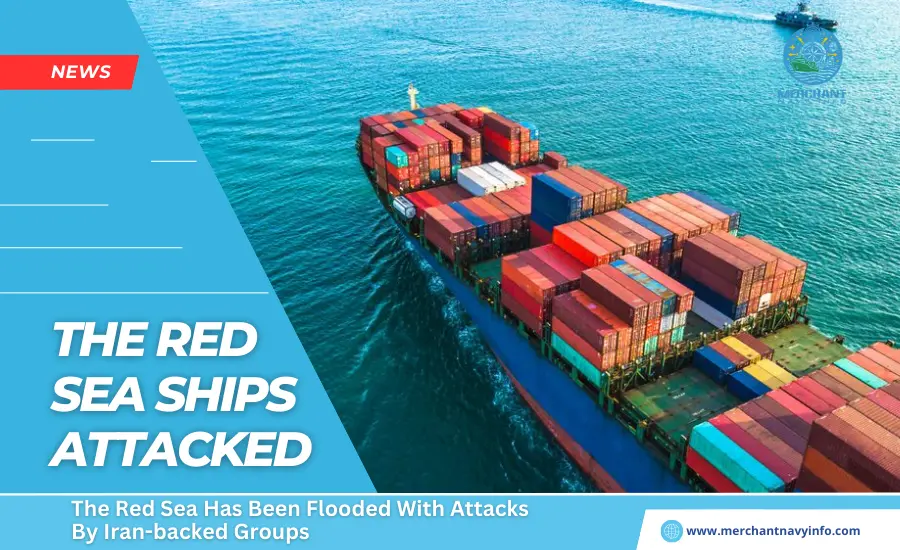
Multiple shocks to global supply chains. First by the pandemic and more recently by Iranian-backed Houthi attacks on cargo ships in the Red Sea. Have highlighted the need for greater resilience in global shipping. At the same time, pressure to reduce both costs and also carbon emissions is increasing. Investors are quietly eyeing port and also cargo ship technology platforms that could be very smart investments. There are already some signs that this is happening.
Most recently, Portchain, a Danish startup that claims to be a “neutral exchange” for cargo ships. Ports raised his $5 million “Seed+” funding round from Angular Ventures. Other investors include MK Ventures and several former shipping industry executives. Port chains work by facilitating continuous communication between cargo ships and ports. Allowing air traffic control to avoid waiting outside the port and burning fuel that pollutes the port air. Their role is to ensure that the ship arrives at the dock accurately and increases costs.
Ceo Neil
CEO Niels Kristiansen explained this to me this way: “The top 10 carriers account for 85% of the world’s traffic. However, carriers and devices work very differently. I know about it, but I don’t know enough about how the terminal works and vice versa. So what happens is the carrier arrives at the terminal and says. “I have this data system,” and the terminal says, “You’re a carrier. You don’t know how I do it.” “I guess so.” You can also make plans via email, phone, or WhatsApp. Instead, port chains allow captains to adjust their speeds long. Before they arrive at their destination ensure a precisely timed berthing, much like a plane landing at an airport.
Port Chain

The port chain claims this will reduce CO2 emissions by up to €14 million without making any changes to the vessels. This is important because shipping is estimated to consume more than 117.8 million tonnes of fuel annually. And neutrality is important in these systems. Shipping giant Maersk launched its Tradelens project in 2018 but ran into problems when it needed to share data with competitors. The company then shut down last year.
The port chain currently has contracts with 90 container terminals around the world (20% of global terminal capacity) and claims to have signed a five-year contract with Hapag-Lloyd, the fifth-largest shipping company. However, port chains are not the only players in this space, and the situation is intensifying. PortXChange, based in Rotterdam, was separated from the Port of Rotterdam as an independent project in 2019 and became an independent company. Its strategic partners include Shell and Maersk. His Hayport in Hamburg was funded and established by the local German port operator HHLA. Then there’s Awake.ai, which is headquartered in Finland. According to CEO Carno Tenobuo, Awake has raised a total of about $12 million to date.
Team
He and his team were previously part of the Rolls-Royce division working on ‘smart shipping.’ With Finnish government funding, angel, and EU support (though he is not a VC for now), Tenovuo says: “Last year, we launched what we call “Amazon for ports.” This is a marketplace feature. Shippers and ports use email and telephone. That’s why we received funding from the EU to develop this product that automates the buying, selling, reporting, and invoicing of port services. “We automatically connect buyers and sellers.” “We predict where these products and services will be needed, recommend optimal arrival and departure times, and tell shipping companies how they impact fuel cost emissions. “You can,” he added.
However, he said there is “not a lot of overlap” between Awake and Portchain. The International Maritime Organization has now regulated that a “domestic single point of contact” must be established when ships enter nationally controlled waters. This means more and more technology needs to be deployed to support both shippers and ports. As Tenovuo puts it, this “single window” means there will be a huge need to “connect all services.” So, for now, it is likely that these types of services will continue to be introduced and continue to attract investor interest.









